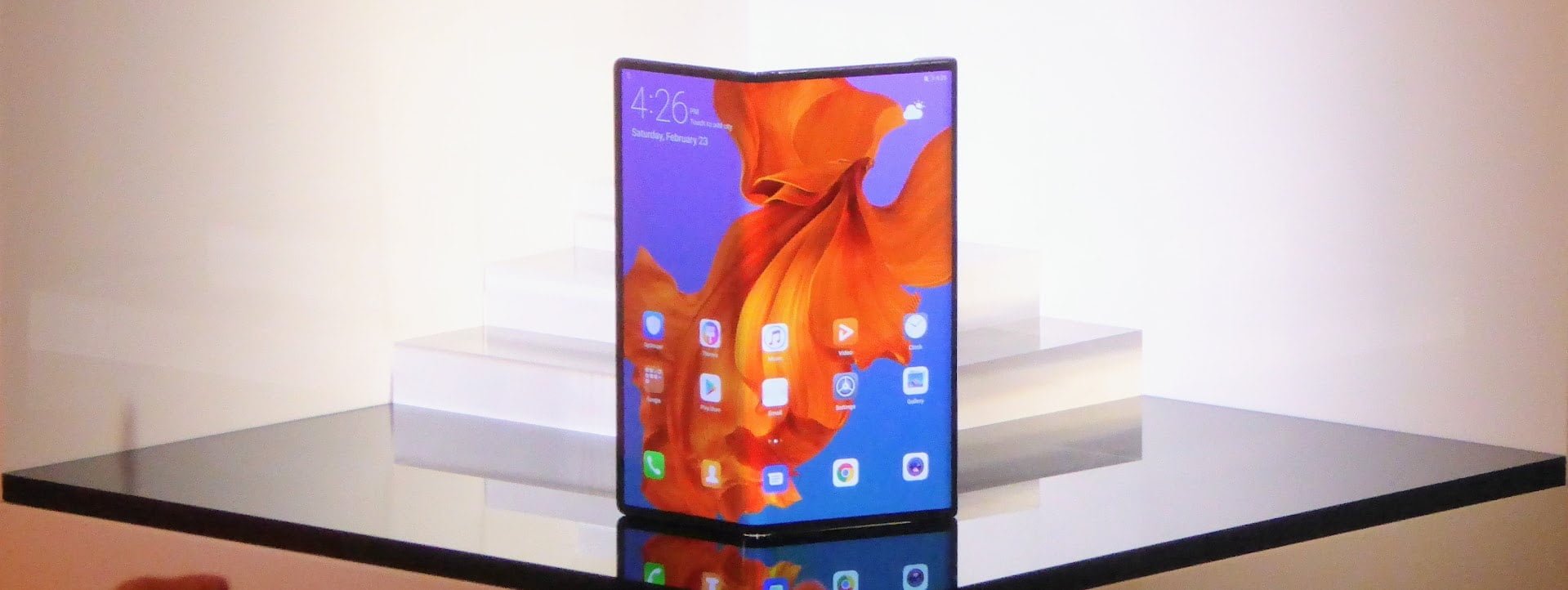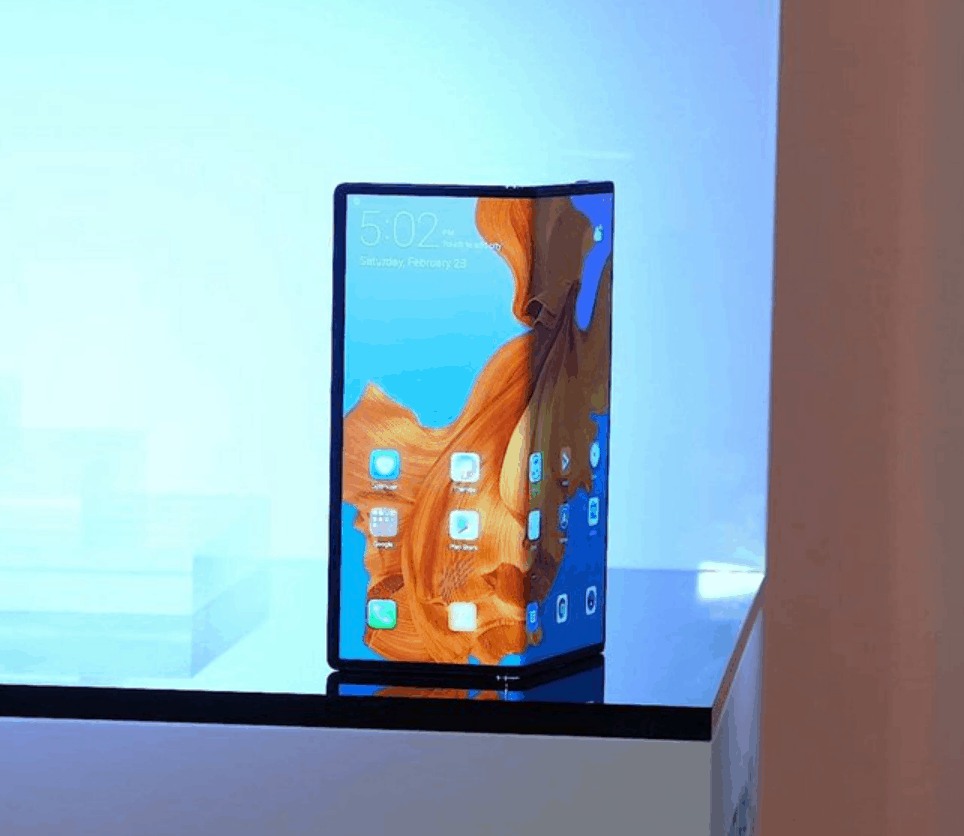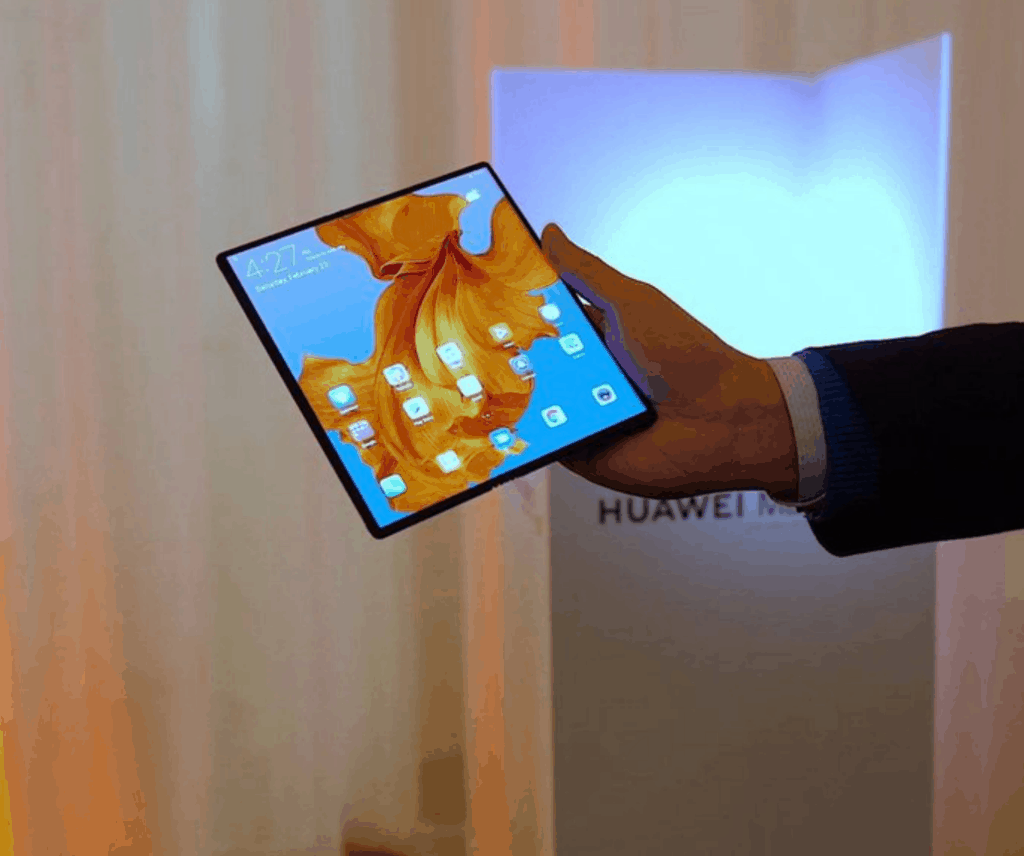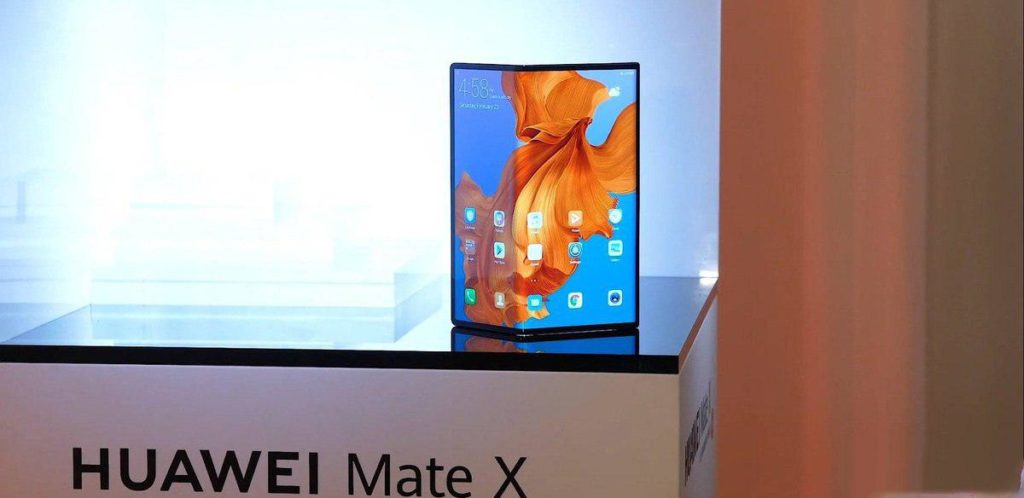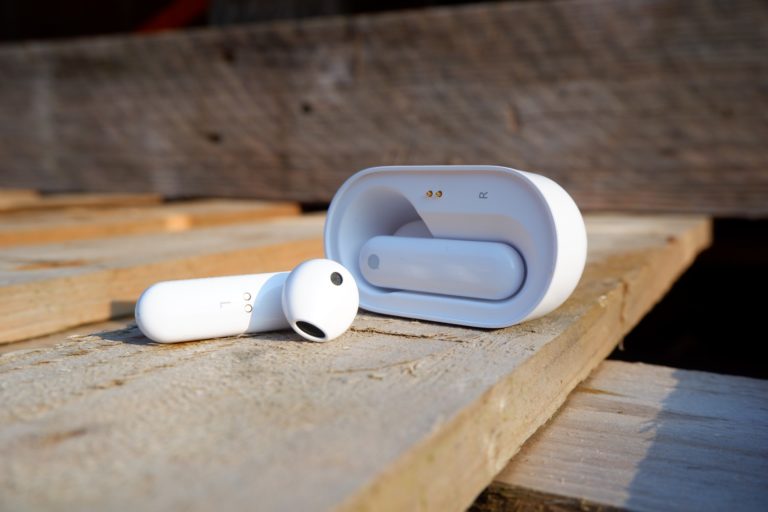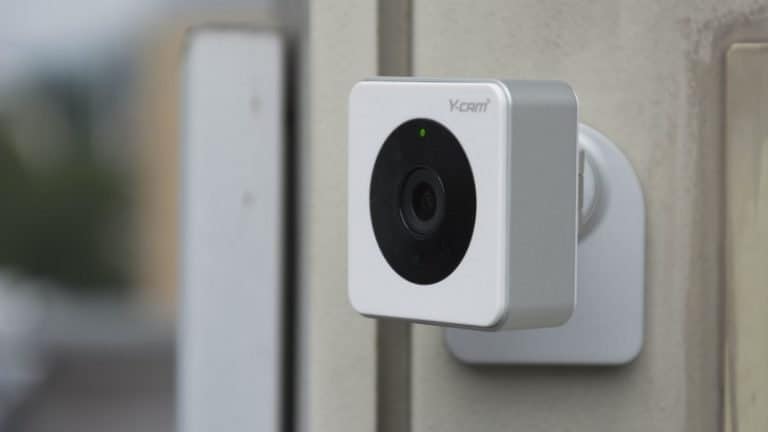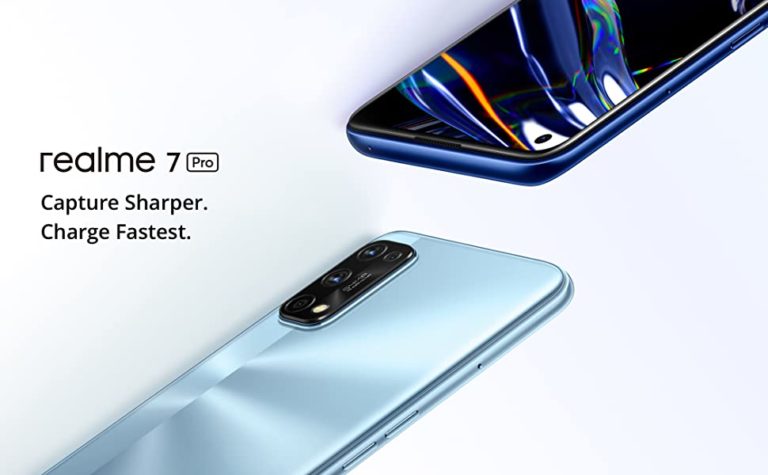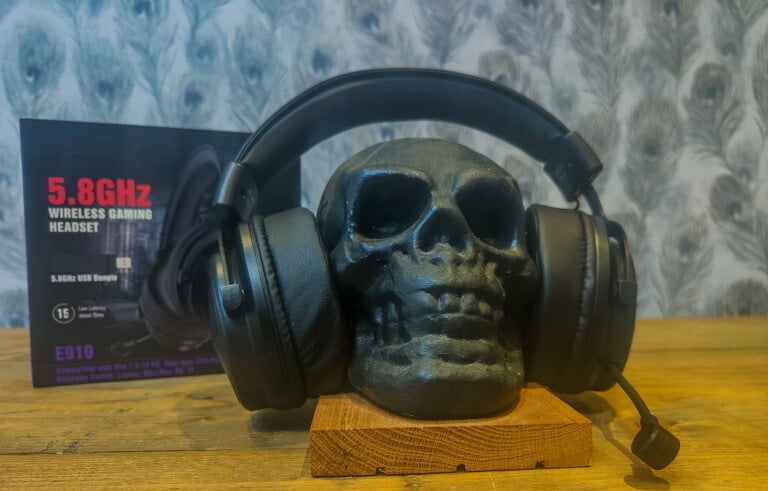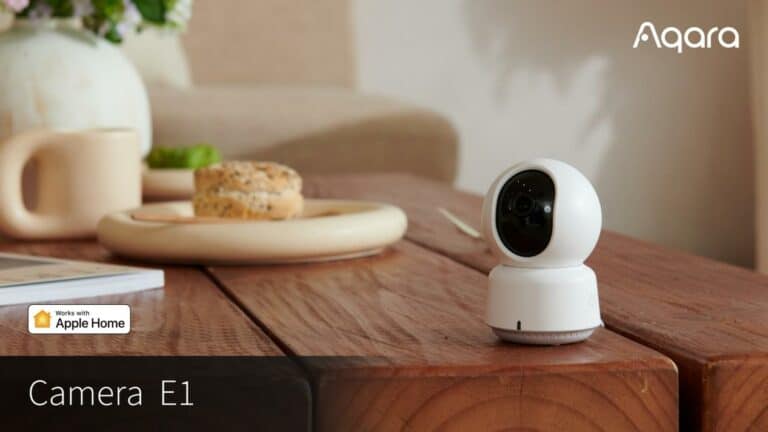Any links to online stores should be assumed to be affiliates. The company or PR agency provides all or most review samples. They have no control over my content, and I provide my honest opinion.
Following the launch of the Samsung Galaxy Fold all eyes have been on Huawei to see how they will compete. During a pre-brief on Saturday I was able to get a first glimpse of the phone, and it was impressive to say the least, with most concerns about the design assuaged.
This post will go live during the announcement, so some details will be missing and will be updated as soon as possible.

As the teasers and links indicated Huawei is killing two birds with one stone with the launch of a foldable 5G phone. As expected this phone uses a single screen approach which folds outwards, giving you a screen on the front and rear.
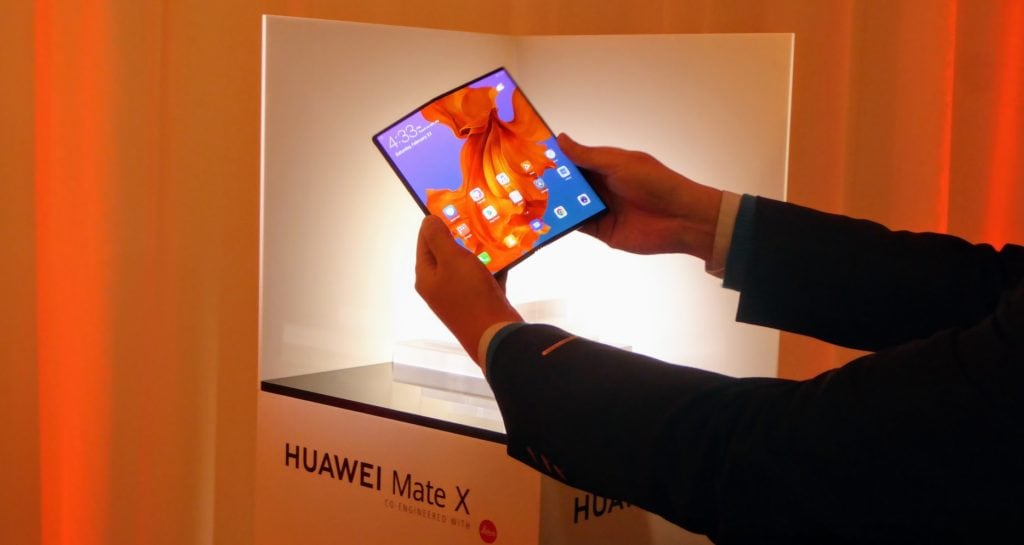
The three-screen configurations include the full tablet mode with an 8-inch display which runs at 2480×2200 with an aspect ratio of 8:7.1. Then when folded over it leaves you with a primary screen on 6.6-inch at 2480×1148 pixels and then the secondary screen of 6.38-inches at 2480×892 pixels.
The single screen design allows Huawei to make the phone much slimmer than the Samsung Galaxy Fold. In tablet mode, it is just 5.4 mm thick then 11mm when unfolded. As the leaks indicated this has a lip on one side when the core components are included including the USB and camera configuration. The lipped design allows the phone to fold out with a full 8-inch display with no notch. The hinge of the phone uses a falcon wing design but there was no mentioned of its durability. The demo of the phone showed it sitting perfectly flat and it was impressive to behold.
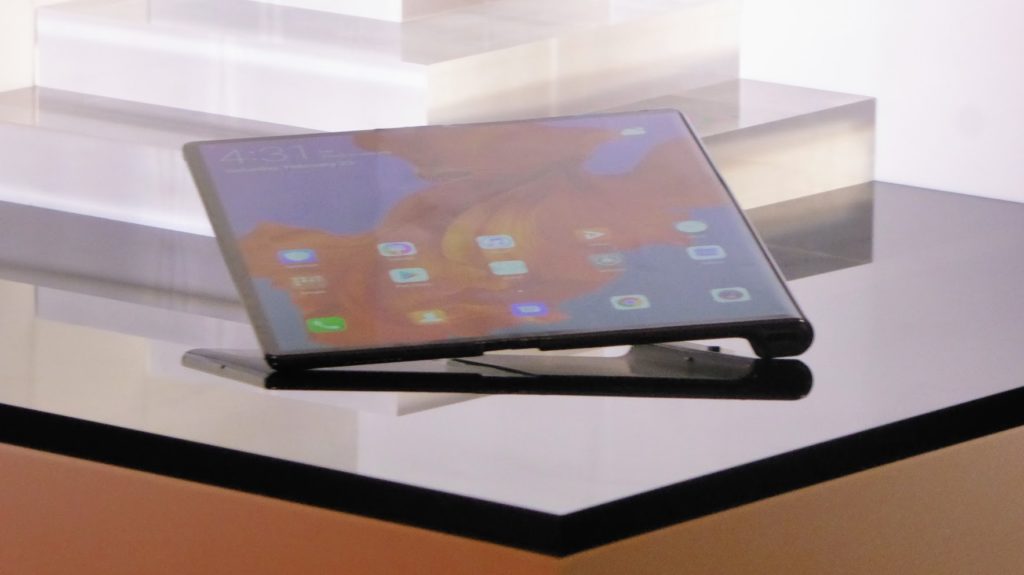
The camera specification was not confirmed during the pre-brief and this post will be update following the announcement. However there is visibly a triple camera layout and it uses Leica lenses similar to the Mate 20 Pro.
In the folded mode you can use the dual screen to aid your photography, when someone is taking your photo you can have the screen display what the photographer is taking, and for selfies, you use the primary camera and secondary screen to see what you are taking. In tablet mode we were shown images of the phone working in a left/right screen multitasking configuration, there was not a similar demo to the three apps that Samsung showed.
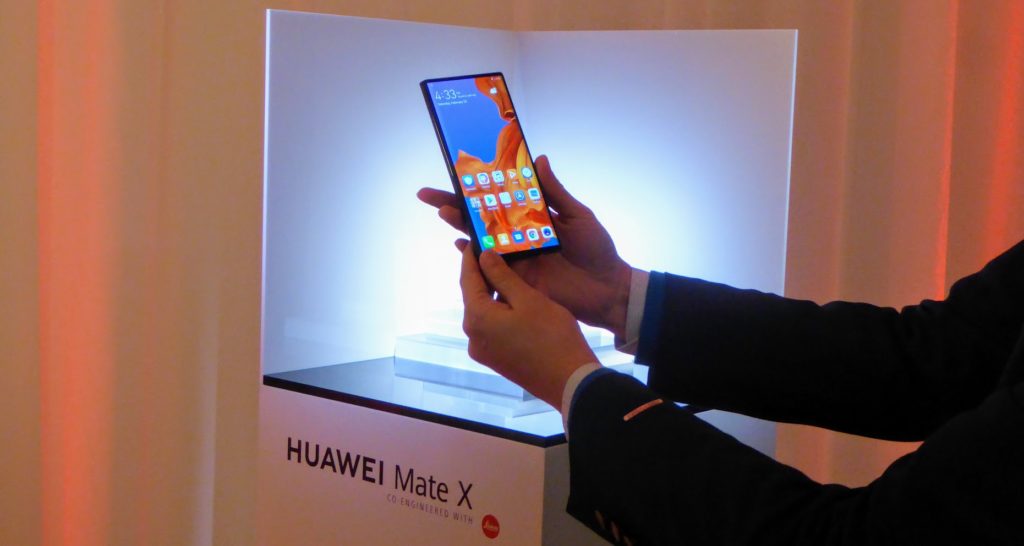
Similar to the Samsung this appears to use a battery split over the two halves and the total size is 4500mah this is then complimented with an 55w fast charge which can take the Mate X from flat to 85% in 30 mins.
For all the people concerned about the screen scratching, this concern has been somewhat alleviated with a specially designed case that protects the rear screen while leaving the front one open. This probably won’t allow for you to fluently fold out the phone into a tablet so it is not ideal, but it is better than a scratched screen.
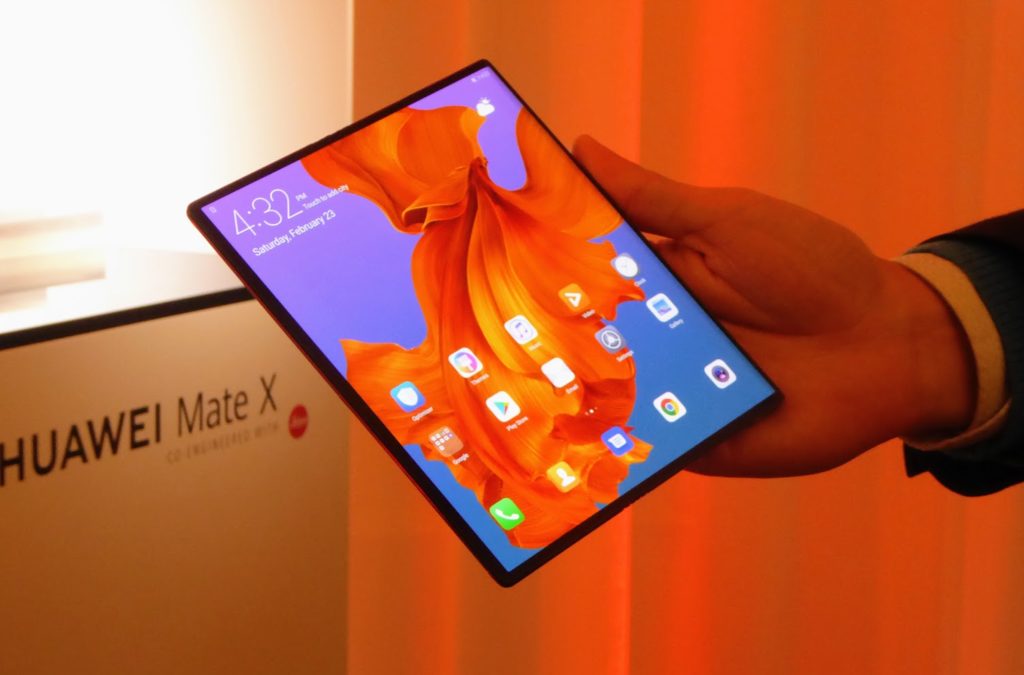
The 5G is achieved with the Balong 5000 modem which is capable of 4.6gbps on the sub6 spectrum which they claim is twice as fast s the X50.
There is no under-dsiplay fingerprint scanner, instead this is built into the power button on the side of the phone.
As you would expect the phone uses the Kirin 980 SoC, but the rest of the specs were not disclosed during the pre-brief.
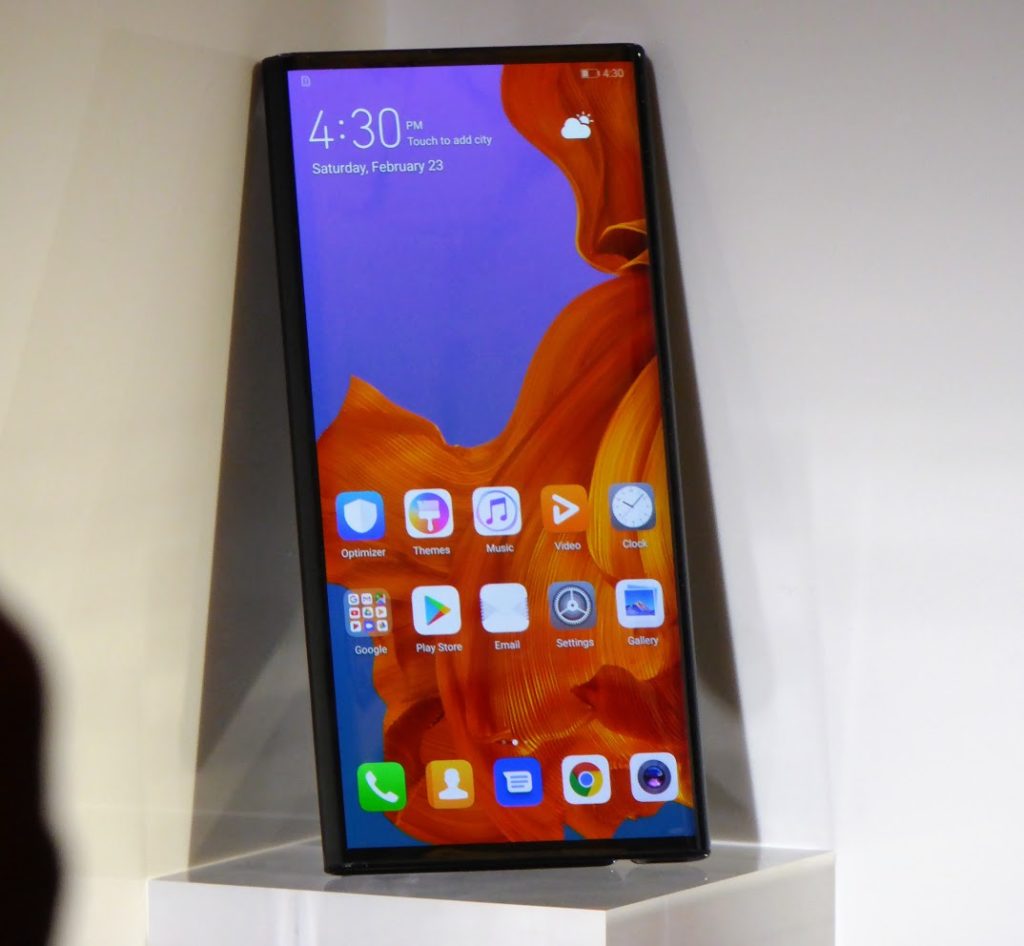
The pre-briefing made no mention of release date or price, but this should be revealed during the full announcement and this post will be updated accordingly as soon as possible. The colour option will be a new interstellar blue, as you can see from the photos it
The keynote has now been made and it has been confirmed that the phone will cost 2299-Euros so around £2000 with a launch date in the middle of the year. This puts it significantly more expensive than the Samsung Galaxy Fold, which is disappointing in some regards, but justifiable in others. The phone looks superior to the Samsung and has 5G so it arguably warrants a higher price tag. Regardless, my personal opinion is that these phones are proof of concepts that are no ready for mainstream, however it does represent a start of some exciting times for the mobile industry after several years of stagnation with samey designs and
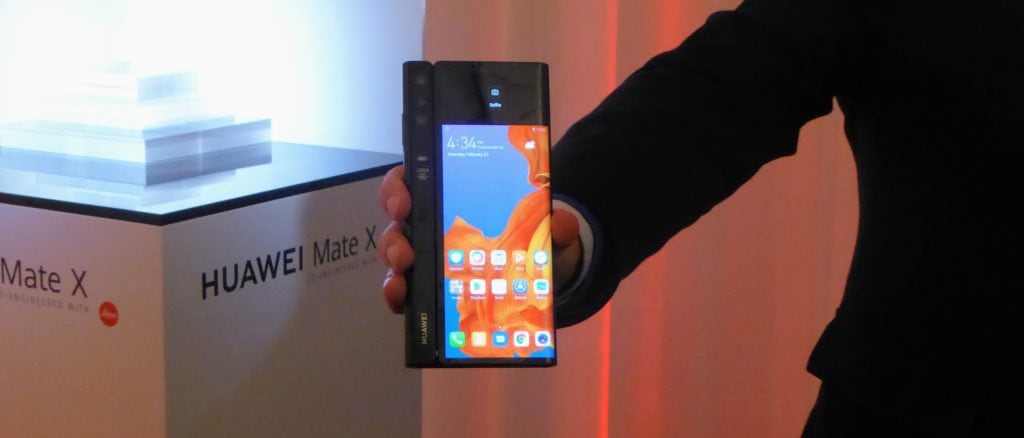
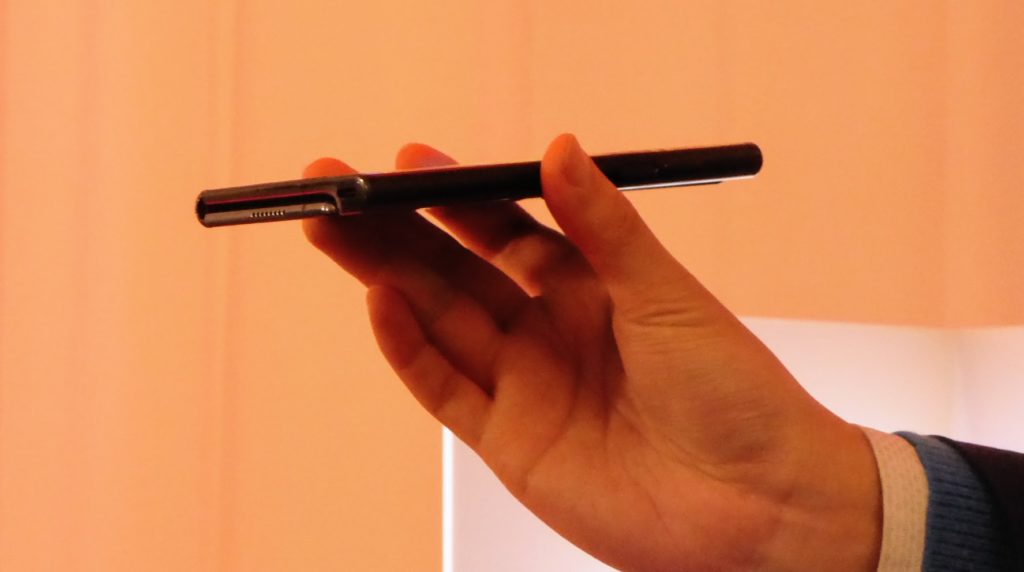
I am James, a UK-based tech enthusiast and the Editor and Owner of Mighty Gadget, which I’ve proudly run since 2007. Passionate about all things technology, my expertise spans from computers and networking to mobile, wearables, and smart home devices.
As a fitness fanatic who loves running and cycling, I also have a keen interest in fitness-related technology, and I take every opportunity to cover this niche on my blog. My diverse interests allow me to bring a unique perspective to tech blogging, merging lifestyle, fitness, and the latest tech trends.
In my academic pursuits, I earned a BSc in Information Systems Design from UCLAN, before advancing my learning with a Master’s Degree in Computing. This advanced study also included Cisco CCNA accreditation, further demonstrating my commitment to understanding and staying ahead of the technology curve.
I’m proud to share that Vuelio has consistently ranked Mighty Gadget as one of the top technology blogs in the UK. With my dedication to technology and drive to share my insights, I aim to continue providing my readers with engaging and informative content.

